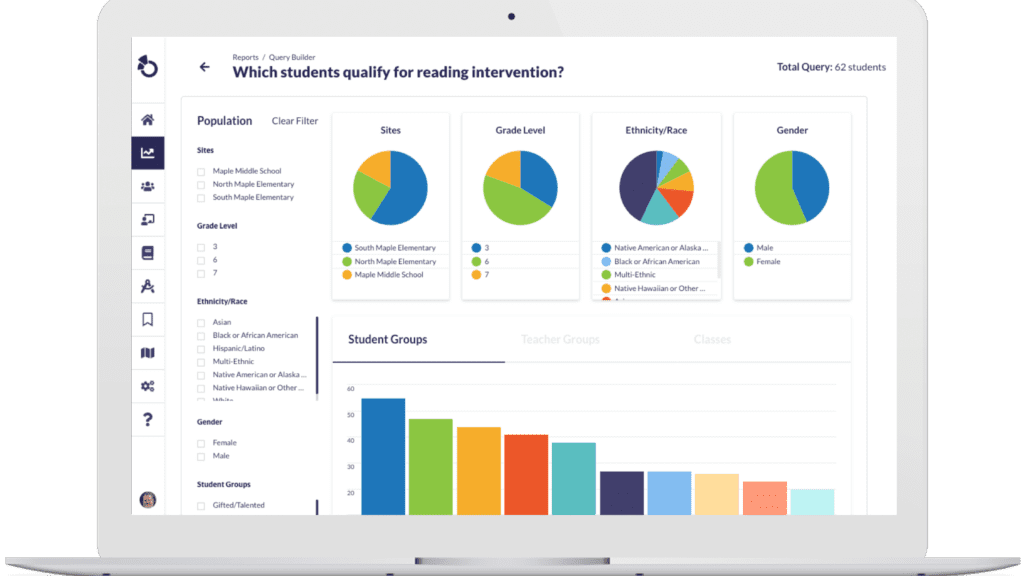Dec 11, 2025
PLCs in Action: How K-12 Leaders Raise the Bar for Success
Clarity and Goal Setting
- It’s critical that PLCs focus on identifying essential standards and breaking them down into actionable lessons with clear success criteria. This involves determining the success criteria for each lesson, therefore ensuring students understand what they're trying to achieve.
- Teachers need to provide clarity on what they expect students to achieve. This involves setting clear goals for essential standards, using pretests and post-tests to measure progress, and categorizing students based on their performance levels.
- It’s important to share a common vision across the school or district in order to align efforts and ensure everyone is working toward the same educational goals.
Data-Driven Decisions
- Data plays a crucial role in PLCs. Educators must analyze multiple measures of student data, from attendance to academic performance, to gain insights into student progress and needs.
- Student data tools are incredibly helpful for gathering and analyzing data and make it easier for teachers to understand student performance based on standards and identify those performing at, above or below grade level.
- The ability to track a student's performance over the years, not just during the current academic year, provides a holistic view of the student's journey and helps in identifying trends or patterns.
Using a robust student data tool like Otus can empower administrators to answer critical questions about student performance while efficiently navigating the complex process of data collection, analysis, and interpretation. Otus brings all of a school district’s student data into a single location so educational teams can make ongoing data-driven decisions.
Collaboration and Sharing
- Collaboration is a cornerstone of PLCs. Teachers must tap into the collective knowledge and expertise of their peers to enhance teaching practices.
- It’s important that a district promotes the sharing of resources. Schools and grade levels that have developed effective strategies or tools share them with others, fostering a culture of mutual support and learning.
- Consistent communication and a shared understanding among the leadership team and teachers ensure that everyone is aligned in their efforts to promote student success.

Otus enables educators to streamline how student progress and growth are tracked. From personalized learning plans to district-wide MTSS efforts, Otus makes it easy for every stakeholder to see how students are performing in relation to their goals. Progress monitoring plans can be connected to a student’s third-party data so new scores automatically update within the plan as they participate in testing.
Related Resources
Request a demo!
See exactly how Otus can help your school accelerate student growth and improve student outcomes – all while saving educators time.


